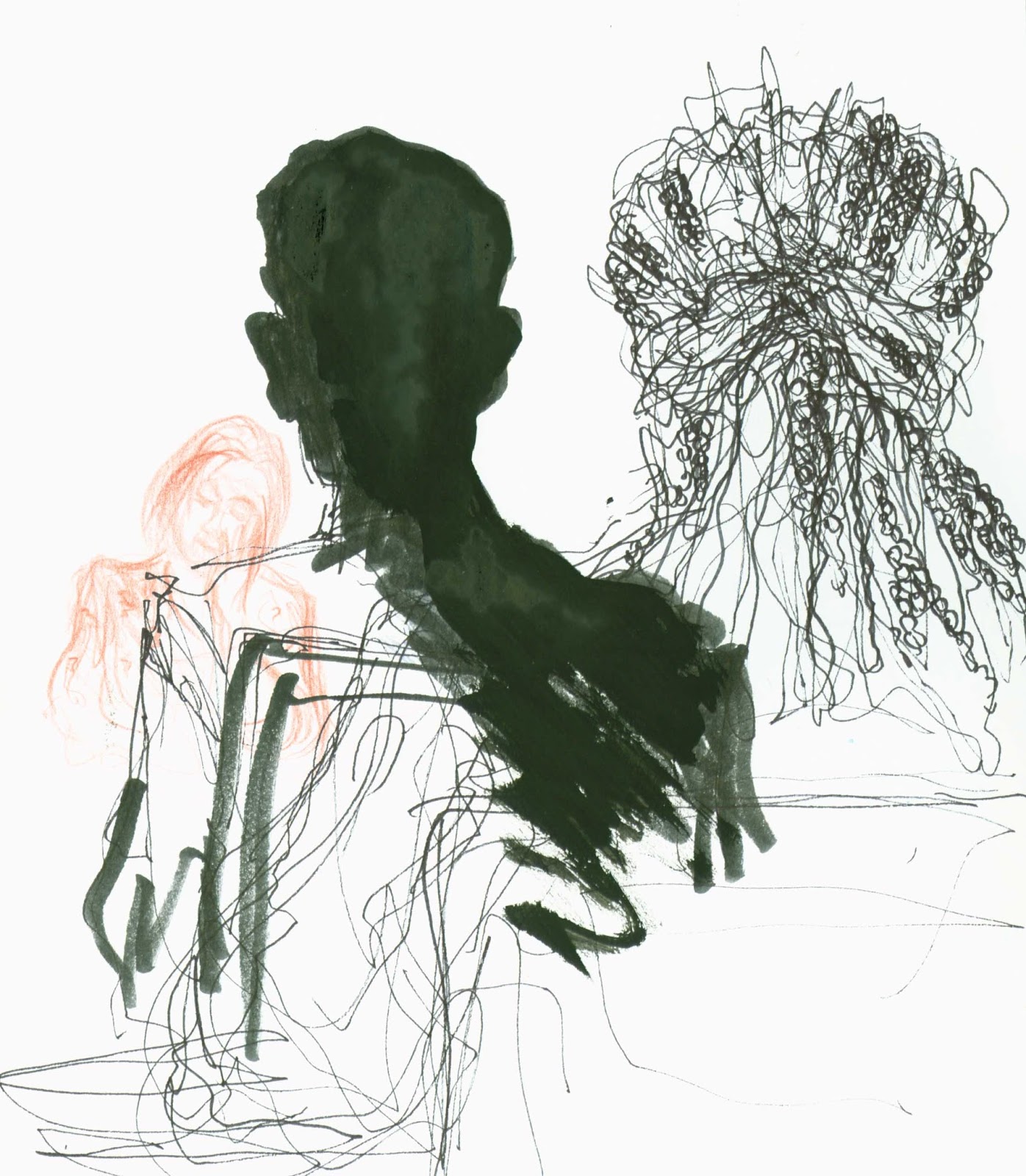For many medical conditions, the exhortation for doctors ‘to do no harm’ is straightforward. The ailment is diagnosed, and the treatment is prescribed. But for some conditions, particularly those which straddle the divide between the mental and the physical, or which balance the interests of different people, or which require harm to be done in pursuit of some higher good, the course of treatment is less obvious,
One such condition was put before the High Court last year in Bell v The Tavistock Trust et al, when it was asked to decide on whether children could validly consent – or, in legal parlance, were Gillick competent – to being prescribed puberty blockers. For children suffering from gender dysphoria, these drugs delay the onset of puberty, and with it, many of the gender characteristics that do not accord with what they perceive as their true gender. From here, some children resolve their dysphoria, and resume their ordinary biological development, while others do not, and continue upon the path of transition.
In the High Court, it was the fact that – in the court’s opinion – the overwhelming majority of children prescribed puberty blockers progressed to taking cross-sex hormones, and in doing so fundamentally altered their biology which meant that they could not be presumed Gillick competent. For the court, the dramatic impact that progressing upon such a path, and the consequences that it would have on their future lives (not least ‘what losing their fertility or full sexual function may mean to them in their later years’) meant that it was ‘highly unlikely’ for any children aged 13 or below, or ‘very doubtful’ for those aged 14 or 15 would be able to make a truly informed decision.
This decision was, needless to say, controversial, with anyone’s opinion invariably dependent upon where they fell on the trans-rights debate. But, setting that debate aside, where the High Court erred was in putting itself into the position of the clinician, as the Court of Appeal found when it reviewed the decision last week. Not only did the lower court depart from the precedent set down in the House of Lords in Gillick, in finding that the competence of a child could vary depending upon the nature of their condition and treatment, but it went beyond its authority in coming to conclusions that it ‘was not equipped to make’. There is a crucial distinction between a court considering the lawfulness of a medical procedure in and of itself – such as surgeries that seek to restore the hymen – and a court considering the ability of certain individuals to consent to such a procedure. The former falls comfortably within the courts’ responsibility, while the latter does not, being first and foremost a matter for the consulting doctors and their patients.
The Court of Appeal was emphatic on the need for judges to be restrained, and for the courts to try and avoid making decisions on ‘controversial ethical issues’ which are best suited to a ‘regulatory and academic setting’. This is an option that the Supreme Court justices may look longingly upon, if they are asked, once more, to consider the lawfulness of the UK’s ongoing prohibition against assisted dying. The justices were last asked to consider the issue in 2018, when Michael Conway brought another appeal under the European Convention on Human Rights, arguing that the absolute prohibition on assisted dying violated his right to a private life under Article 8. The lower courts dismissed his appeal. They followed the precedent set by the Supreme Court in Nicklinson, which concluded that while it had the constitutional authority to issue a declaration of incompatibility, it was not yet the appropriate institution to do so.
With the British Medical Association (BMA) having now dropped its opposition to the legalisation of assisted dying, and with another private member’s bill making its way through the House of Lords, it seems inevitable that another challenge will be brought before the courts. If Parliament passes legislation legalising it, any case contesting the law will almost certainly fail. But if Parliament refuses again, it is difficult to see the Supreme Court refusing to hear the case, while many of the factors that were used by the justices in refusing to issue a declaration of incompatibility in 2015 have since fallen away.
It is the falling away of these factors which is likely to mean there is greater pressure upon the Supreme Court to issue a declaration of incompatibility in any future assisted dying case. In 2015, the justices concluded that ‘present circumstances’ meant they should defer to the legislature, with these circumstances including the absence of a European consensus, the operation of a system that prevented undue pressure being placed on the vulnerable, and the fact that Parliament had not recently meaningfully considered the issue. Yet while the justices emphasised that there was a need to respect Parliament’s wishes, the tone of the judgment conveyed that there was a need for Parliament to do something to move the UK away from its absolutist stance – something that was explicit in the dissents of Lady Hale and Lord Kerr, who would have made a declaration of incompatibility.
Across Europe, there is clear momentum towards legalisation, with Spain having recently passed legislation permitting assisted dying in some circumstances, and with the German medical code no longer maintaining an absolute prohibition on physicians performing assisted suicide. Alongside this, the provision of assisted dying in other countries has not led to scandal, with little evidence of families behaving like rapacious vultures and encouraging their elderly relatives to shuffle off this mortal coil, but instead of a treatment that gives dignity to those at the end of their lives.
Already, the law on assisted suicide is messy. One of the other consequences of the Nicklinson decision was that people can try and help their friend or relative die peacefully – albeit without medical intervention – but that they will not know if their actions went beyond the pale until after the event, when a decision on any prosecution is made. This places an undue burden upon those who may be willing – out of genuine concern – to help, but also on those who may wish to ask for help, but who do not want to pass away knowing that the family member who eased their final moments may be hauled before the courts to explain their actions.
Should Parliament remain inert on the question of assisted suicide, the Supreme Court should force their hand, issuing a declaration of incompatibility and emphasising the indignity of the UK’s position. No longer is it persuasive to say that there isn’t a European consensus – and indeed, there is a consensus among the British population, which is overwhelmingly supportive of legalisation – and nor should the issue be fobbed off as something for the legislature. It is the responsibility of the courts to say when the law violates peoples’ rights- if asked to do so, the Supreme Court should fulfil it.







